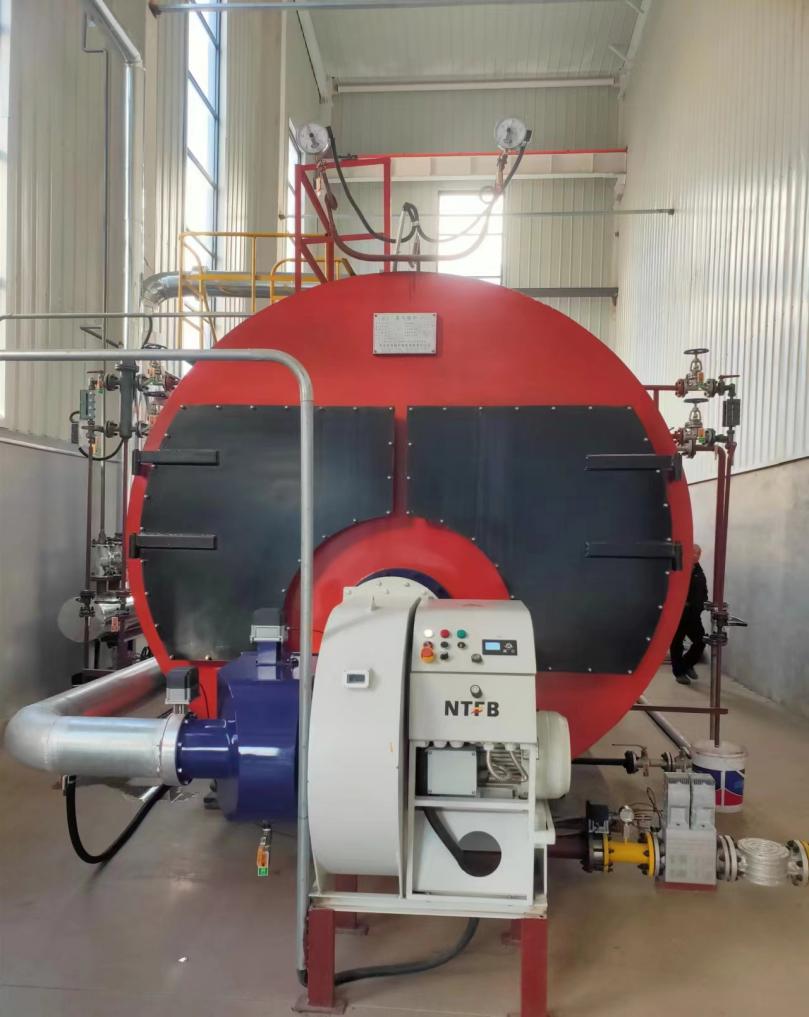
Jan . 24, 2025 04:53 Back to list
Biomass fired steam boiler
Unlocking the Power of High-Efficiency Steam Boilers An Expert's Guide
Moreover, the lifecycle of high-efficiency steam boilers is enhanced by technology that minimizes wear and tear. Automated controls and monitoring systems allow operators to maintain optimal performance while reducing the risks associated with human error. Enforcement of regular maintenance can prevent costly breakdowns and extend the boiler’s life span significantly beyond traditional models. In high-demand industries, unexpected downtime can lead to costly delays, making the reliability of high-efficiency boilers an invaluable asset. From an expertise standpoint, understanding the nuances of these boilers grants the ability to maximize their efficacy. For engineers and facility managers, training on the operation and maintenance of high-efficiency models is crucial. It extends beyond just understanding the user manual; it involves staying updated on technological advancements, energy management strategies, and integrating boilers with other smart systems for comprehensive energy solutions. Trustworthiness in high-efficiency steam boilers is further supported by adherence to strict industry standards and certifications. Boilers that meet standards such as ASME (American Society of Mechanical Engineers) and Energy Star demonstrate a commitment to safety, reliability, and superior performance. Utilizing these standardized products assures stakeholders that their operations will not only be efficient but also safe and compliant with regulatory expectations. Furthermore, investing in a high-efficiency steam boiler is often accompanied by supportive services offered by manufacturers or third parties. These services include installation, customization, troubleshooting, and maintenance, ensuring that the transition to a new system is smooth and yields the highest possible efficiencies. The manufacturer’s role here is critical, as it bolsters the buyer's confidence in the product and the after-sales support they can expect. In conclusion, high-efficiency steam boilers are a sophisticated response to modern energy demands. They embody a fusion of economic prudence, technological advancement, and environmental stewardship. Industries making the shift can expect not only immediate operational savings but also long-term benefits reflected in sustainability goals and enhanced public image. In the rapidly advancing scope of energy technologies, staying ahead with high-efficiency steam boilers is not just an option; it's a necessity for future-ready operations.


Moreover, the lifecycle of high-efficiency steam boilers is enhanced by technology that minimizes wear and tear. Automated controls and monitoring systems allow operators to maintain optimal performance while reducing the risks associated with human error. Enforcement of regular maintenance can prevent costly breakdowns and extend the boiler’s life span significantly beyond traditional models. In high-demand industries, unexpected downtime can lead to costly delays, making the reliability of high-efficiency boilers an invaluable asset. From an expertise standpoint, understanding the nuances of these boilers grants the ability to maximize their efficacy. For engineers and facility managers, training on the operation and maintenance of high-efficiency models is crucial. It extends beyond just understanding the user manual; it involves staying updated on technological advancements, energy management strategies, and integrating boilers with other smart systems for comprehensive energy solutions. Trustworthiness in high-efficiency steam boilers is further supported by adherence to strict industry standards and certifications. Boilers that meet standards such as ASME (American Society of Mechanical Engineers) and Energy Star demonstrate a commitment to safety, reliability, and superior performance. Utilizing these standardized products assures stakeholders that their operations will not only be efficient but also safe and compliant with regulatory expectations. Furthermore, investing in a high-efficiency steam boiler is often accompanied by supportive services offered by manufacturers or third parties. These services include installation, customization, troubleshooting, and maintenance, ensuring that the transition to a new system is smooth and yields the highest possible efficiencies. The manufacturer’s role here is critical, as it bolsters the buyer's confidence in the product and the after-sales support they can expect. In conclusion, high-efficiency steam boilers are a sophisticated response to modern energy demands. They embody a fusion of economic prudence, technological advancement, and environmental stewardship. Industries making the shift can expect not only immediate operational savings but also long-term benefits reflected in sustainability goals and enhanced public image. In the rapidly advancing scope of energy technologies, staying ahead with high-efficiency steam boilers is not just an option; it's a necessity for future-ready operations.
Share
Latest News
-
High-Efficiency Commercial Oil Fired Steam Boiler for Industry
NewsJul.30,2025
-
High-Efficiency Biomass Fired Thermal Oil Boiler Solutions
NewsJul.30,2025
-
High Efficiency Gas Fired Thermal Oil Boiler for Industrial Heating
NewsJul.29,2025
-
High-Efficiency Gas Fired Hot Water Boiler for Sale – Reliable & Affordable
NewsJul.29,2025
-
High Efficiency Biomass Fired Hot Water Boiler for Industrial and Commercial Use
NewsJul.29,2025
-
High-Efficiency Biomass Fired Hot Water Boiler for Industrial Use
NewsJul.28,2025
Related PRODUCTS
Copyright © 2025 HEBEI HONGZE BOILER MANUFACTURING CO., LTD. All Rights Reserved. Sitemap | Privacy Policy






















